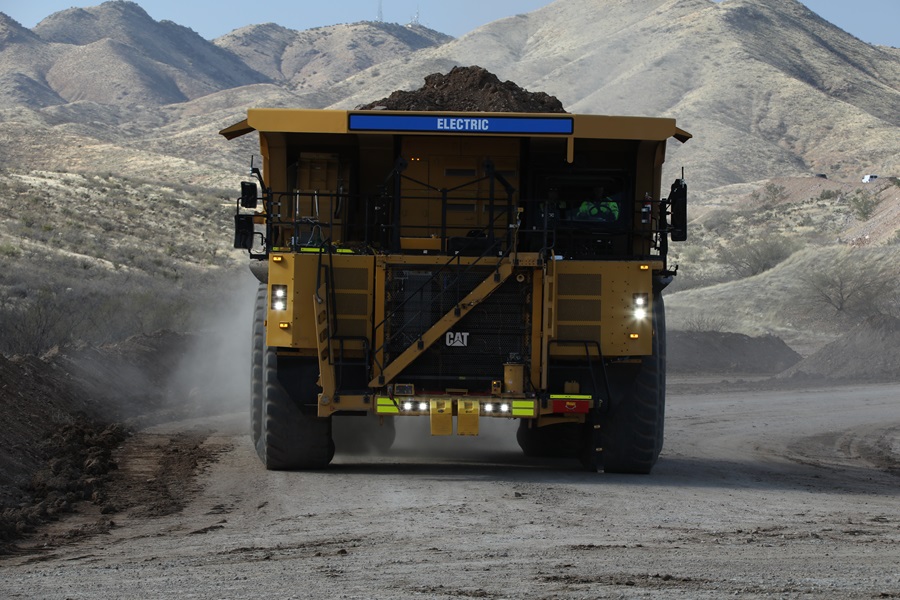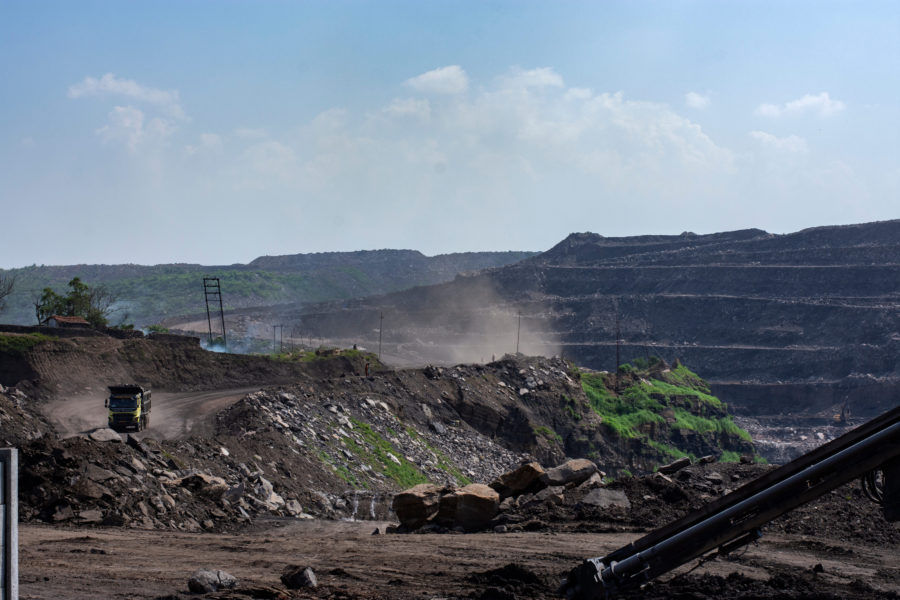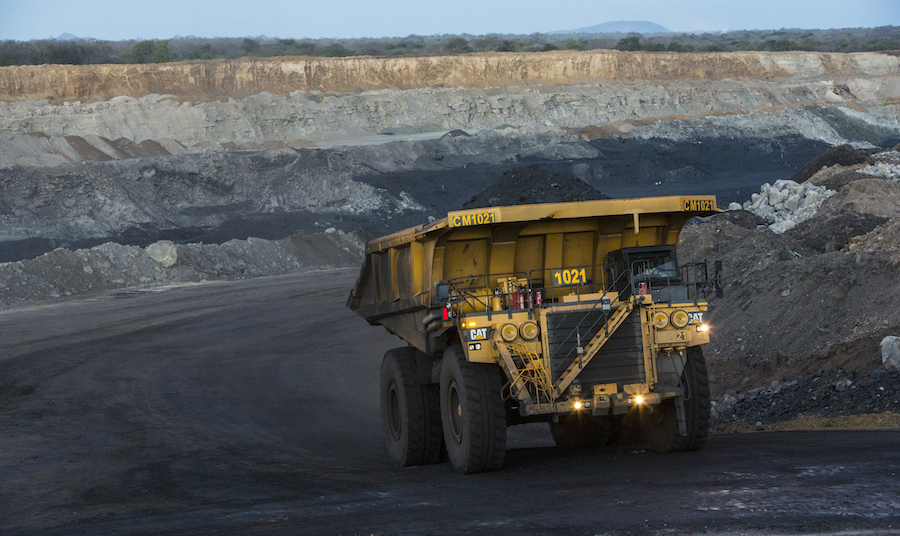Caterpillar, Vale testing electric and ethanol-powered trucks

Caterpillar and Vale have agreed to test battery electric haul trucks and energy transfer systems, s well as conduct studies on ethanol-powered trucks. The goal is to help Vale reduce its carbon emissions by 33% by 2030 and reach zero net emissions by 2050.
A Cat battery powered truck with capacity of 240 tonnes will be tested by Vale at its operations in Minas Gerais. Caterpillar is also developing energy transfer solutions for trucks, which will be tested at the mining company’s operations in Pará over the next few years.
The two companies will also begin a joint study on a dual fuel solution for haul trucks operating on ethanol and diesel fuel.
Diesel emissions from mine operations account for 15% of Vale’s direct CO2 equivalent emissions. Among mine equipment, the haul truck is the biggest consumer of diesel and therefore the biggest contributor to emissions. For this reason, investing in initiatives to decarbonize mines and establishing strategic collaborations are fundamental to Vale’s goals.
“We are developing a portfolio of options to decarbonize Vale’s operations, including electrification and the use of alternative fuels in the mines. The most viable solutions will be adopted,” says Ludmila Nascimento, Vale’s energy and decarbonization director.
“We believe that ethanol has great potential to contribute to the 2030 target because it is a fuel that has already been adopted on a large scale in Brazil, with an established supply network, and which requires an active partnership with manufacturers. We stand together to support them in this goal.”
Denise Johnson, Caterpillar’s resource industries group president, added, “Voice of customer is a critical element of Caterpillar’s product development process, and Vale has been a key voice throughout our long history of collaborating on technology and product deployments.”
In 2020, Vale said it is spending between $4 billion and $6 billion to reduce its direct and indirect emissions (scopes 1 and 2) by 33% by 2030. This is another step towards achieving the goal of zero net carbon emissions by 2050, in line with the ambition of the Paris Agreement.
The company has also made a commitment to reduce its net emissions from its value chain (scope 3) by 15% by 2035.
More News
{{ commodity.name }}
{{ post.title }}
{{ post.date }}



Comments